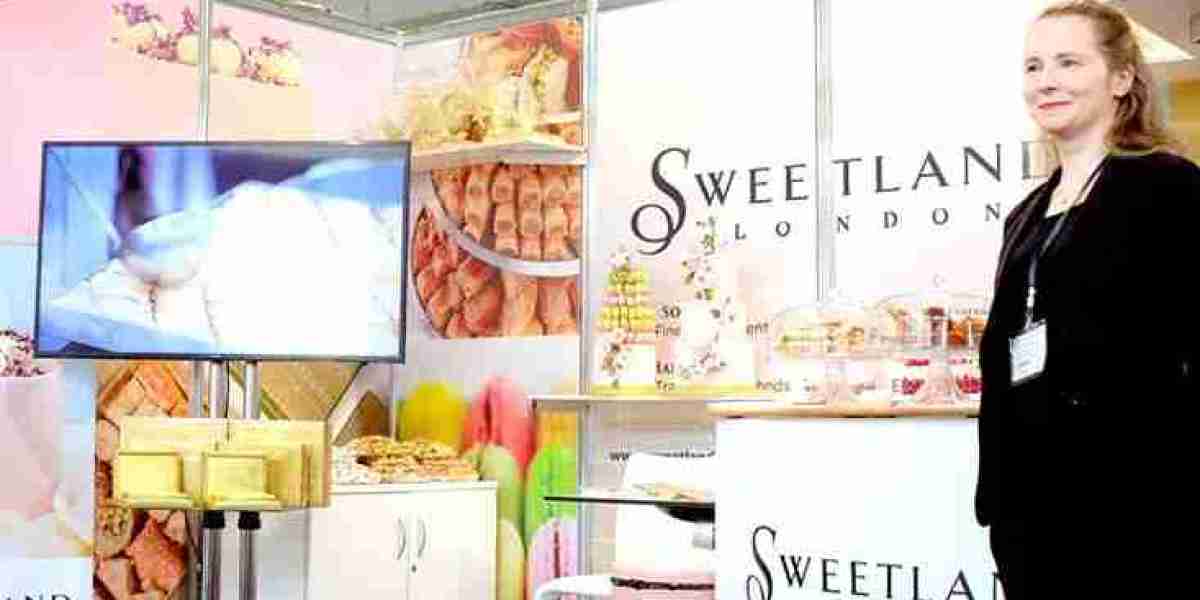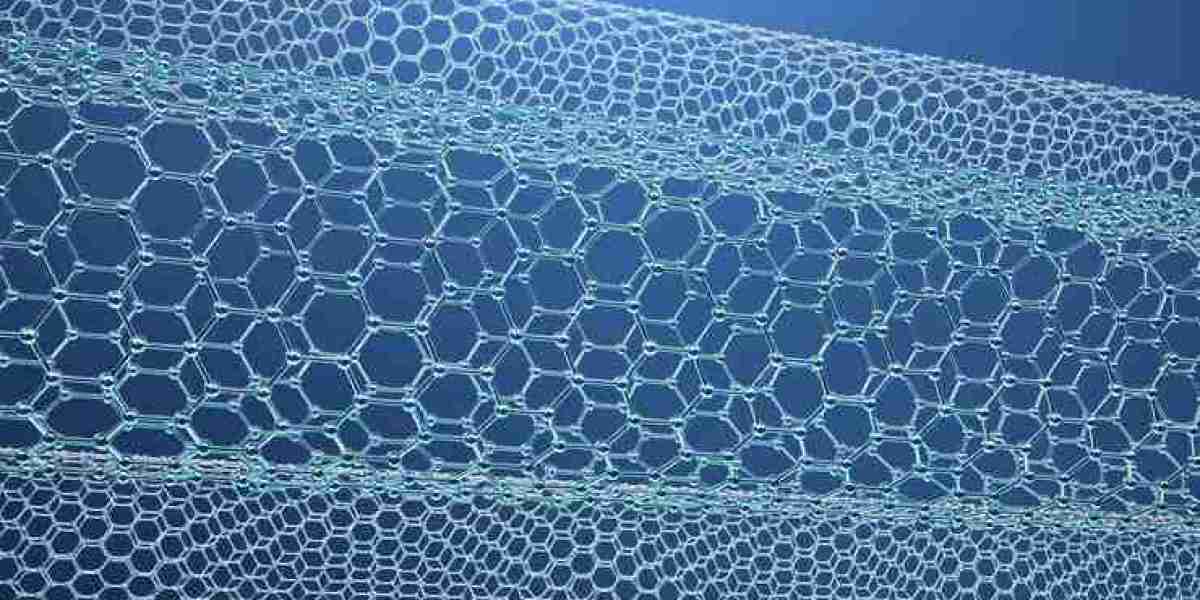Exhibition printing has long been a critical part of how brands, museums, and events communicate visually with their audiences. Over the centuries, the methods and materials used in exhibition display have undergone dramatic transformations — from the delicate lithographs of the 18th century to today’s dynamic digital displays. This journey reflects not only advances in technology but also changes in artistic expression and audience expectations. Understanding this evolution reveals how the modern exhibition board blends tradition with innovation, making it more versatile and engaging than ever before.
The Early Days: Lithography and Letterpress Printing
The roots of exhibition printing trace back to lithography, invented in the late 18th century, which revolutionised how images and text could be reproduced. Lithographic printing enabled artists and printers to create detailed posters and exhibition materials more efficiently than earlier methods like woodcut or engraving. Alongside this, letterpress printing remained widely used, particularly for text-heavy exhibition signage.
- Despite their groundbreaking nature, these early printing methods had limitations.
- Colour printing was laborious and costly, restricting large-scale colour exhibitions.
- The size of printed materials was also limited by equipment, and reproductions lacked the vibrancy and precision that modern audiences expect.
- However, lithographs played an essential role in exhibitions, providing visually appealing and accessible information during the 19th and early 20th centuries.

The Rise of Screen Printing and Offset Printing
Both methods revolutionised how we produce images and text on various materials, catering to the growing needs of commercial, artistic, and industrial applications. Here’s an in-depth explanation of their rise, evolution, and impact.
1. Screen Printing: Origins and Growth
What is Screen Printing?
Using a stencil (or screen) to apply layers of ink to a printing surface—typically textiles, glass, or other materials—screen printing, often referred to as silk screen printing or serigraphy, wood, paper, and plastics.
Historical Roots
- Ancient Beginnings: It was further refined in Japan using human hair or silk mesh stretched over wooden frames.
- Modern Adoption: In the early 20th century, screen printing reached Europe and North America. The addition of photo-reactive chemicals in the 1910s allowed stencils to be created using photographic techniques, significantly enhancing detail and efficiency.
2. Comparison: Screen Printing vs Offset Printing
Feature | Screen Printing | Offset Printing |
Substrates | Fabric, glass, plastic, metal, etc. | Mostly paper and card |
Ideal Volume | Short to medium runs | Medium to large runs |
Setup Time | Moderate (screen preparation) | Longer (plate and press setup) |
Colour Quality | Very vibrant, great for bold designs | Accurate, detailed, and photographic |
Cost Efficiency | Cheaper for smaller runs | Cheaper for larger runs |
Flexibility | High (can print on irregular shapes) | Limited (usually flat surfaces) |
Disclaimer: The comparison provided in the table is intended for general informational purposes only.
3. Modern-Day Relevance
Despite the rise of digital printing technologies, both screen and offset printing remain highly relevant:
- Screen Printing is still preferred for premium merchandise, art prints, and where durability is key.
- Offset Printing continues to dominate commercial print production where volume, precision, and consistency are required.
Many printers today use a hybrid approach, combining digital methods with traditional ones to optimise quality and turnaround time.
The Digital Revolution and Inkjet Printing
Digital printing offered unprecedented speed and flexibility, enabling smaller print runs and customised designs without expensive setup costs.
Inkjet technology became the backbone of this transformation, delivering high-resolution prints with vibrant colours on a range of materials including foamex. This digital approach reduced waste and lowered costs, making exhibition display accessible to smaller businesses and startups. Moreover, it allowed for on-demand printing, meaning exhibitions could be updated or personalised quickly to suit different audiences or events.
Interactive and LED-Based Displays: The New Frontier
As digital technology advanced, exhibitions began to incorporate interactive and LED-based displays. Digital signage, video walls, and touchscreens added a new dimension to traditional exhibition signage, offering dynamic content that could engage visitors in real-time.
- This integration meant that physical printed materials often worked alongside digital elements to create a seamless visitor experience.
- For example, a static foamex printed panel might be complemented by a nearby touch screen providing additional information, videos, or interactive maps.
- This combination of print and digital is shaping the future of exhibitions, creating environments that are informative, immersive, and memorable.
Sustainability in Exhibition Printing
With growing environmental awareness, sustainability has become a key focus within the exhibition boards industry. There is increasing demand for recyclable materials, eco-friendly inks, and energy-efficient printing processes.
Many companies are now opting for water-based inks and recycled foamex boards, which reduce the environmental footprint without compromising print quality. Sustainable practices also include minimising waste by printing on-demand and using materials that can be repurposed for future exhibitions. This shift is vital for aligning exhibition printing with broader goals of corporate responsibility and environmental stewardship.
The Future of Exhibition Printing: Hybrid and Immersive Experiences
Looking forward, exhibition signage is expected to continue evolving by blending traditional print with cutting-edge immersive technologies. Augmented reality (AR), virtual reality (VR), and holographic displays are beginning to complement physical exhibition materials, creating hybrid experiences that engage multiple senses.
- Artificial intelligence (AI) is also set to transform design and printing workflows, enabling customisation and automation that improve efficiency and creativity.
- As visitor expectations rise, exhibitions will increasingly rely on this fusion of print and digital to deliver unique, personalised, and interactive storytelling.
Large Format Printing: Expanding Scale and Materials
By the late 20th century, large format printing technologies emerged, transforming exhibition signage once again. Wide-format printers allowed for printing on expansive surfaces, making it possible to produce giant banners, backdrops, and exhibition panels. This capability helped exhibitions become more immersive and visually striking.
- Alongside technological advancements, new materials such as vinyl, canvas, and foamex board gained popularity.
- These foamex printing, in particular, became a preferred choice for many exhibitors due to its lightweight, durability, and smooth surface ideal for high-quality graphics.
- Foamex boards allowed for robust, easily transportable exhibition displays that could be reused multiple times, offering both practical and aesthetic benefits.
Conclusion
The evolution of exhibition printing from lithographs to digital displays highlights a remarkable journey of innovation and adaptation. While traditional techniques laid the groundwork for visual storytelling, modern advances such as foamex printing and digital technologies have expanded possibilities, allowing exhibitions to captivate audiences like never before. By embracing new materials and interactive formats, the industry continues to reinvent itself, offering more engaging and sustainable solutions. Foamex Printing Company specialises in providing high-quality foamex printing services that combine durability with vibrant colour reproduction, helping clients create stunning exhibition displays that stand out in today’s competitive environment.




